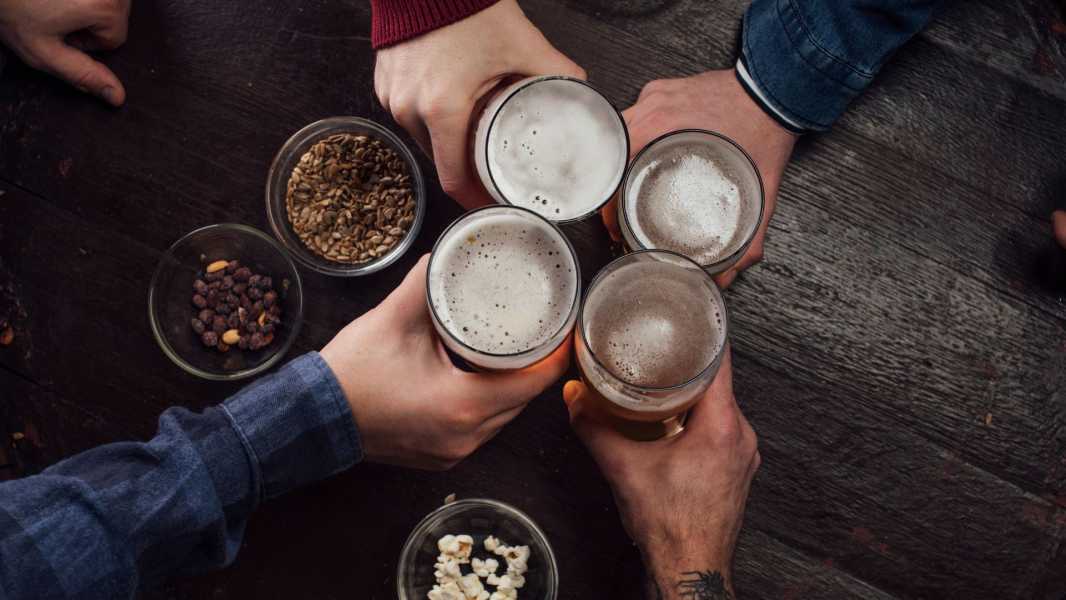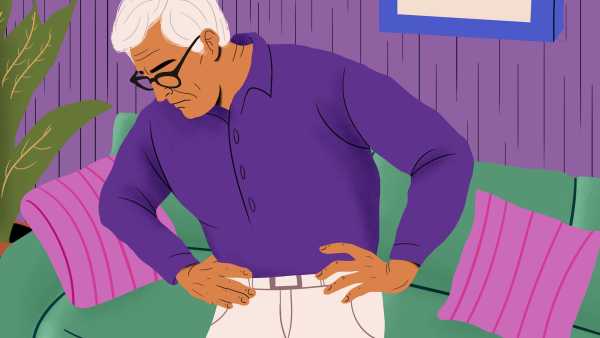
Night owls have a higher risk of death than early birds, which may be due to their higher levels of alcohol and cigarette consumption. (Image credit: FreshSplash via Getty Images)
A large analysis suggests that night owls' habit of smoking more cigarettes and drinking more alcohol than early risers may explain the increased risk of early death among night owls compared with early risers.
“This may reassure people who are worried about what being a morning person or a night owl means for their health and longevity,” study co-author Jaakko Caprio, a professor of genetic epidemiology at the University of Helsinki in Finland, told Live Science. “The danger is not in the chronotype itself [being a morning person or a night owl], but in the lifestyle factors that come with it.”
Previously, other researchers have found higher mortality rates among night owls than early birds, but those older studies did not account for differences in alcohol consumption and smoking, making it difficult to determine whether being a night owl actually increases the risk of death.
Now, Caprio and his team have analyzed health and lifestyle data from more than 23,000 Finnish residents to find out how the night owl lifestyle affects their risk of dying over the following decades. The results were published in the journal Chronobiology International on Friday, June 16.
In a survey conducted in 1981, participants, then aged on average 41, self-reported their smoking and drinking habits. They also indicated on the questionnaire whether they were “definitely an early bird,” “somewhat an early bird,” “definitely a night owl,” or “somewhat a night owl.”
Over 37 years of follow-up that ended in 2018, more than 8,700 participants died. Researchers analyzed the participants’ medical records over that period and found that those who initially identified themselves as “strong” night owls had a 21% higher risk of dying from any cause than those who were “strong” early birds.
This initial analysis only took into account the age and gender of the participants, and then the researchers conducted a second analysis that took into account additional factors that influence mortality risk, such as body mass index (BMI), self-reported sleep duration, education level, presence of chronic diseases, and alcohol consumption and smoking status. After accounting for these factors, the overall risk of excess mortality among night owls dropped to 9%.
Why did the risk for night owls more than halve? The team found that much of the increased mortality risk was due to higher alcohol consumption and heavy smoking among evening people compared to morning people. In support of this hypothesis, the researchers noted that mortality rates did not differ between evening and morning people who were light drinkers and never smokers.
Moreover, age- and sex-adjusted analyses showed that mortality rates related to alcohol-related illnesses and accidental alcohol poisoning were 92% higher among night owls than among early risers. Mortality rates from lung and respiratory cancers, the risk of which is increased by smoking, were 78% higher among night owls. Both of these risks were significantly reduced when other lifestyle factors, including alcohol consumption and smoking, were taken into account. These results further support the idea that smoking and alcohol consumption, as well as staying up late, increase the risk of death in night owls, the authors concluded.
The remaining 9% of the increased mortality risk among evening people is unlikely to be directly related to their late-night habits, Caprio said.
“We measured chronotype and alcohol consumption at the same time with one question, which means we don’t take into account how things might have changed over the years,” he added. “If we had been able to measure alcohol and drinking habits perfectly throughout the study, I think the risk might have been significantly lower or absent.”
Kristen Knutson, professor of neurology at Northwestern
Sourse: www.livescience.com





